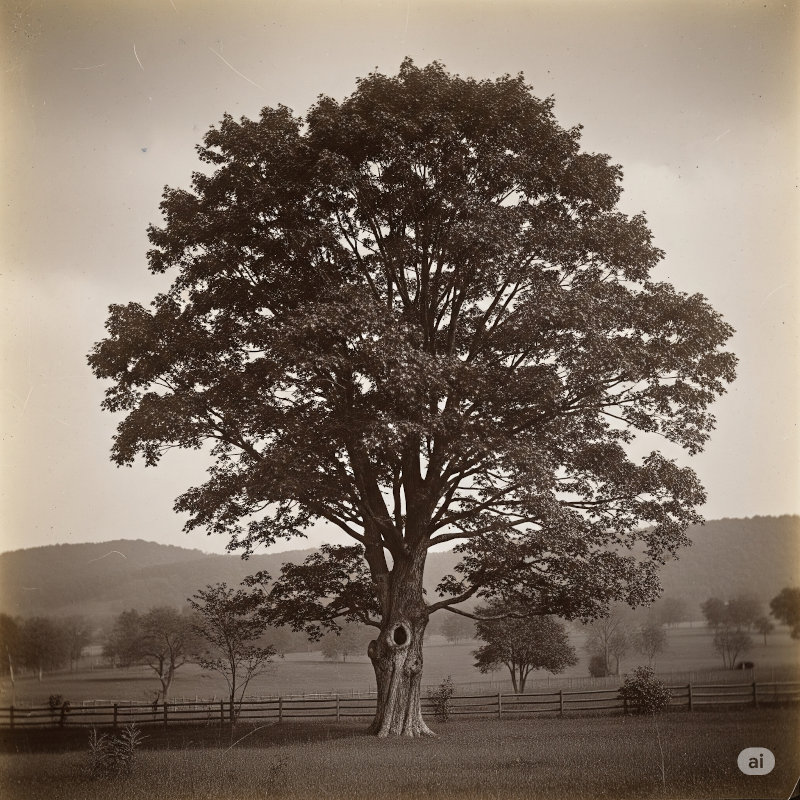Sugar Maple (Acer saccharum) in New York, 1870–1900

Scope: The premier northern hardwood for flooring and tool work in the hand-tool era, plus its parallel role in maple sugar economies.
I. Ecology & Regional Availability
Sugar maple dominated northern hardwood forests across upstate New York, thriving on mesic, fertile soils and in farm woodlots. By the late nineteenth century, extensive second-growth stands supplied a steady stream of logs for local mills, while mature, slow-grown trees yielded premium boards and figured lumber.
II. Wood Properties (Craft Perspective)
- Hard, dense, and wear-resistant—excellent for floors and work surfaces.
- Turns and carves well; holds crisp detail; glues and finishes cleanly.
- “Birdseye” and curly figure fetched premiums for cabinetry and veneers.
III. Uses in the 1870–1900 Market
| Application | Reason | Notes |
|---|---|---|
| Flooring (residential & commercial) | Exceptional wear resistance | Tight, slow-grown boards favored |
| Stair treads & trim | Strength, crisp edges | Often paired with pine casing/backers |
| Tool handles & blocks | Hardness, shock resistance | Hickory preferred for max shock; maple common |
| Cabinetry & furniture | Fine finish; figured boards | Maple veneers on case goods |
| Industrial uses | Stable, dense | Patterns, plane soles, shop benches |
IV. Parallel Economy: Maple Sugar
“Sugar bushes” were integral to farm income. Late-winter sap runs produced syrup and sugar, diversifying revenue alongside timber sales. This dual value encouraged selective cutting—farmers often retained healthy maple standards while harvesting other species.
V. Harvesting & Milling (Pre-Chainsaw)
- Felling with axe and crosscut; winter skidding on sled roads preserved soils and minimized damage to residual trees.
- Local mills sawed maple into 4/4–8/4 boards; thicker stock for stair parts and benches.
- Careful air-drying essential to prevent sticker stain and surface checking.
VI. Age, Growth, and Board Quality
Merchantable sugar maple commonly ranged from 100–150 years, with older standards on long-settled farms. Slow growth produced fine, even ring structure that wears smoothly underfoot. Figured maple often came from slow-grown trees with unique site histories, commanding premium prices in urban markets.
Preservation Notes for Historic Buildings
- Maple flooring can be successfully re-finished multiple times due to density.
- Moisture control is crucial—dense maple moves with seasonal humidity swings; tight joinery and ventilation help.
